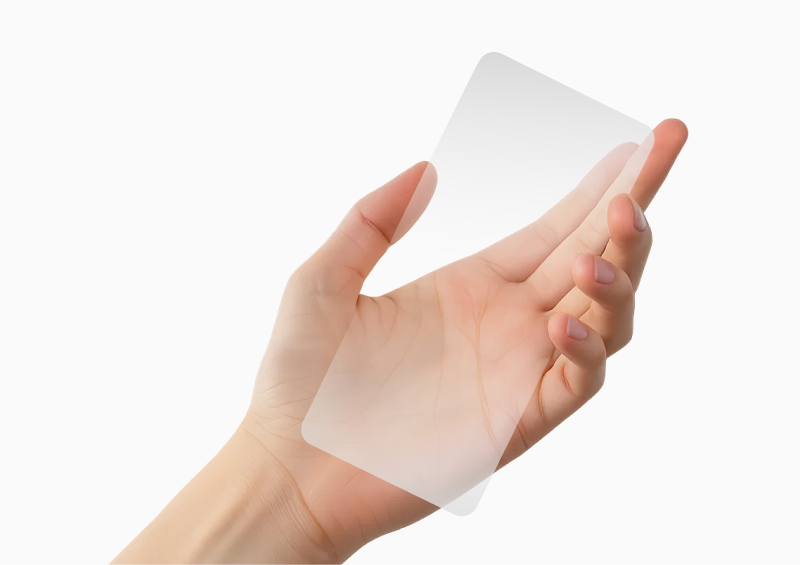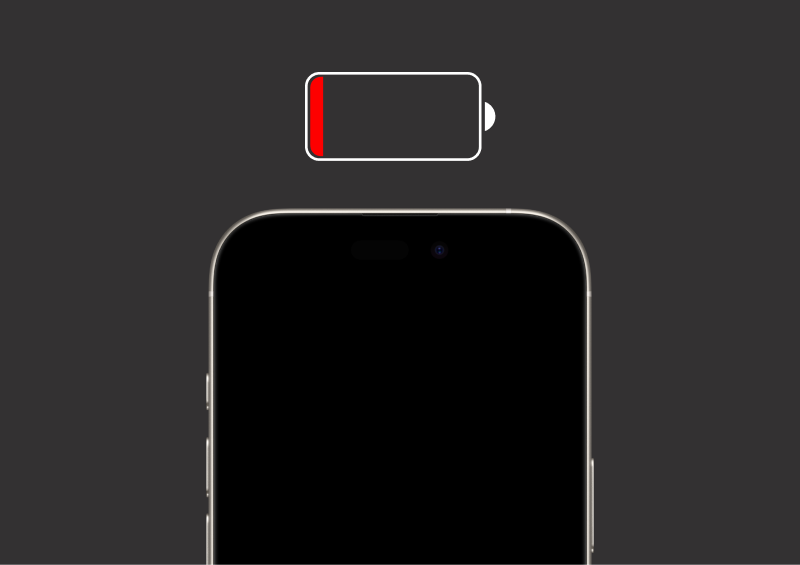Around the world, governments are beginning to introduce digital credentials, secure electronic versions of things like driver licenses, passports, or benefit cards, often stored in a wallet app on your phone.
For many people, this feels like overdue convenience, the same way boarding passes, banking, and even payments all moved into mobile apps. For others, it sparks familiar worries: Will the government be able to see everything I do? Will I be able to use it anywhere? What if I lose my phone, or the battery runs out?
Scepticism is healthy, and it is the foundation for building systems that earn public trust. At MATTR, we welcome these conversations, because they push us to design with privacy, security, and inclusion at the core.
The truth is, when you compare digital credentials to the physical cards in your wallet today, you start to see that the digital world is not so different. In most ways, it is actually better.

“Won’t the government be able to track me?”
This is a concern we hear often, and it is an important one to address head on. The good news is, the technology is designed specifically not to create that kind of surveillance.
With a decentralized model, your credentials live securely in your own device, not in a central government database. When you share them, you are not handing over a copy of your data, you are merely presenting a cryptographic proof that cannot be forged.
It’s also much more discrete. Privacy-preserving features like selective disclosure let you prove just what is necessary. At a nightclub, for example, you can prove you are over 18 without revealing your name, address, or date of birth. In fact, this protects your privacy better than the plastic card in your wallet ever could.

“Will this even work everywhere?”
Adoption is a classic chicken-and-egg problem. Citizens won’t really be able to make the most of digital credentials until they are widely accepted, and relying parties won’t greatly invest in verification until most citizens are willing to use them.
But new technologies always start small. Think about tap-to-pay cards or mobile check-ins at airports. At first, only a handful of places accepted them. Then, suddenly, they were everywhere. Digital credentials will follow the same pattern. Governments are already enabling them in their own services. Businesses quickly see the benefits - faster, more secure, less risk of forgery, and adoption grows.
It may feel slow at first, but history shows that once the tipping point arrives, adoption cascades. This was true with mobile payments and will be true here as well.

“What if I lose my phone?”
This is an everyday fear. But compare it to losing your wallet. If someone finds your physical wallet, they immediately hold everything - your license, your cards, your details.
With digital credentials, it is the opposite:
- Your phone can be locked or wiped remotely.
- Credentials can be revoked and reissued quickly.
- Biometric security means even if someone has your phone, they do not become you.
The loss of a wallet is final. The loss of a phone is fixable, digital credentials give you something your leather wallet never could: the ability to restore or recover credentials quickly at reduced cost, without having to replace everything from scratch.

“What if my phone dies?”
If your phone battery runs out, you are inconvenienced, but you do not suddenly stop existing. It's a reality we need to manage when accessing many other digital conveniences we rely on today through our mobile phones: maps, internet anywhere, messaging, calls.
Wallet apps aren’t especially power hungry but can also be designed to work in low-power or offline modes, and for years to come, physical IDs will remain a valid backup.
It is no different to forgetting your wallet at home. Annoying, sure, but not the end of the world.

A better version of what we already know
Digital credentials are not here to take something away. They are here to solve the biggest problems physical IDs have always had - oversharing, forgery, inconvenience, and loss.
Instead of making us less secure, they give us new protections. Instead of putting more power in the wrong places, they let us share only what is necessary. Instead of creating exclusion, they expand access and choice, and put users in control of their own information.
At MATTR, we believe technology should empower people, not restrict them. That is why we build digital credential solutions that protect privacy, enable inclusion, and strengthen trust, for governments, for businesses, and most importantly, for citizens.
The everyday concerns people have are good ones, but the answers show something simple and reassuring: the digital world is not about losing control and trust. It is about gaining a better version of what we already know.







